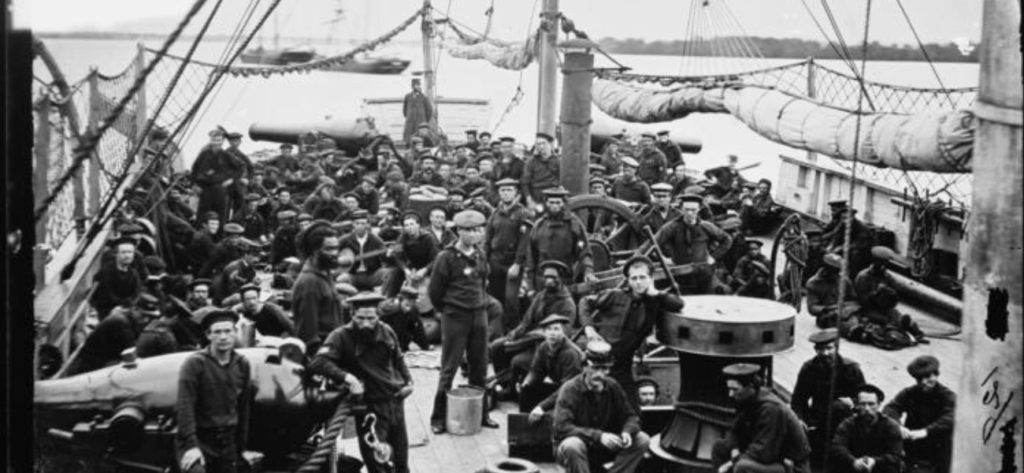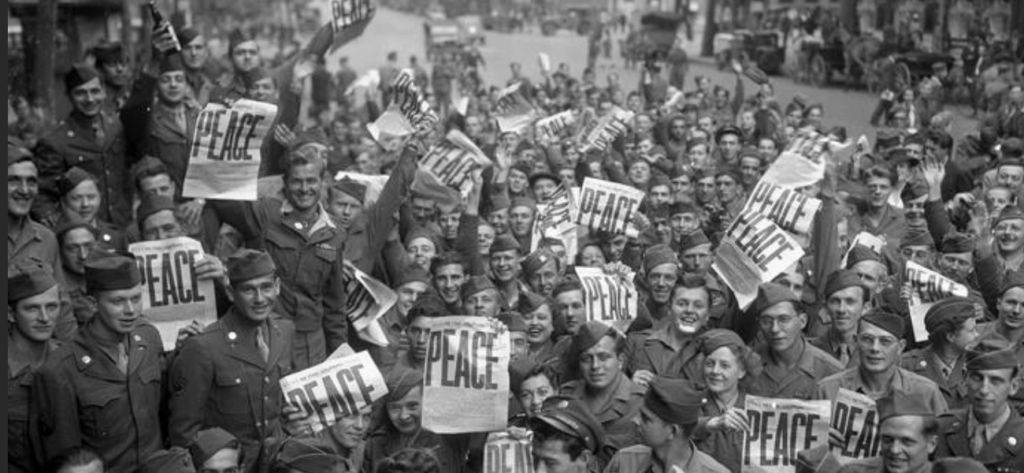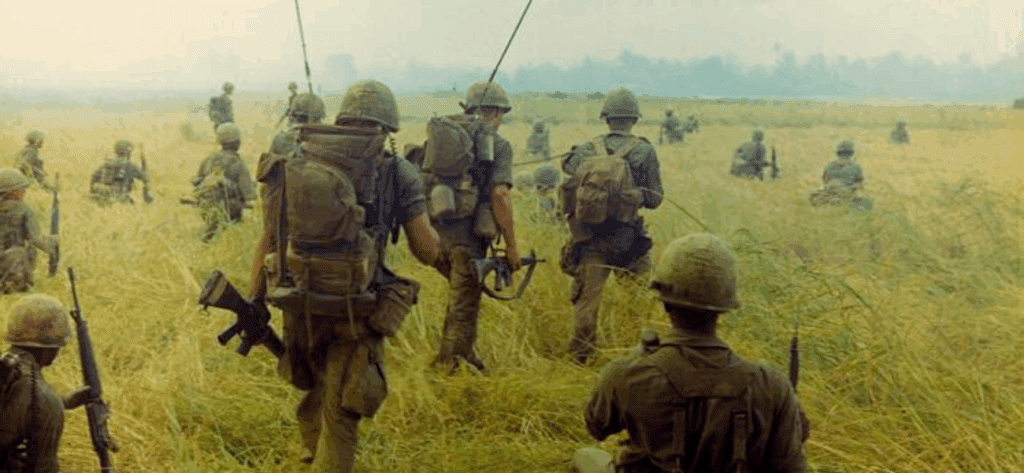Soldiers arrive home aboard the S.S. Haverford as the transport ship pulls into Philadelphia, 1918. Records of War Department General and Special Staffs
On Display 10/31/2024 – 12/4/2024
More than two million American service members were overseas with the American Expeditionary Forces when the guns fell silent on November 11, 1918, ending World War I. Americans would continue to serve in Germany as part of the Allied Occupation until 1923, but many were quickly demobilized. The service members boarded troop ships for the trip home from Europe, arriving at ports in New York, Baltimore, and Philadelphia.
Many Americans sought to honor the returning service members with patriotic greetings at the dock, parades to welcome them home, and memorials to honor their service. President Woodrow Wilson proclaimed November 11, 1919, as Armistice Day, creating an annual day to honor those who brought about the end of the “Great War.” Two decades later, America would find itself embroiled in World War II and then in the Korean War, with many more soldiers deserving of honor. In 1954, President Dwight Eisenhower rededicated Armistice Day as Veterans Day to honor all of America’s veterans for their service and sacrifice.

View in the National Archives Catalog
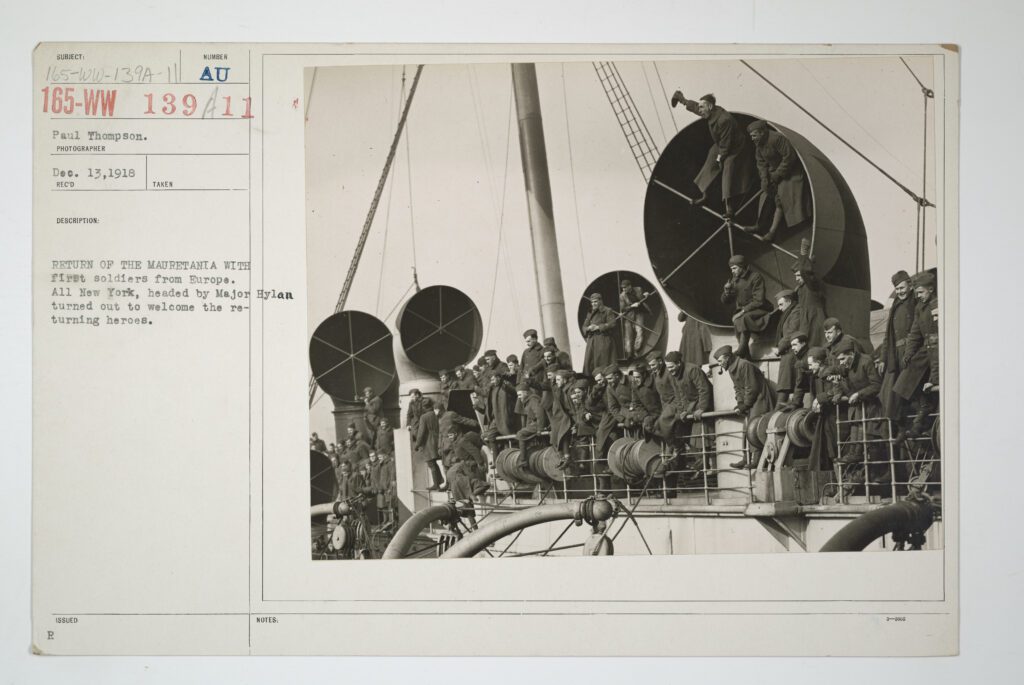
View in the National Archives Catalog
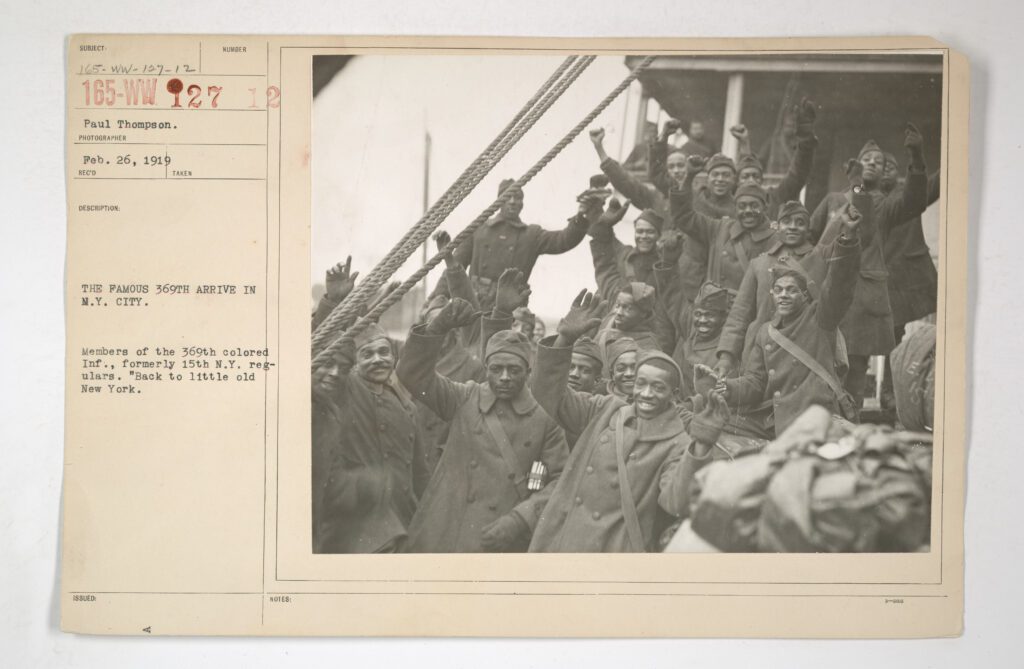
View in the National Archives Catalog
Additional Online Resources:

